
T&I News 6 2023…
This weekend marks the start of our daily opening, with the first day of the Spring Steam Gala conveniently falling on April 1st. As with every season, we arrive at this point eager to finish the winter programme of works (that has inevitably grown over the colder months) and have the site ready for the intensive daily use that it will see until the end of October. This winter has been particularly busy on the infrastructure side of things, with some extensive work to the roads and paths around the museum, and a welcome visit by engineers from Nexus to assist us with ongoing maintenance of the tramway overhead line. This post largely focusses on these two areas of work and I have included several images of the work, as they may well be of interest to readers…
Tramway Overhead Line Equipment (OLE)
Below: Three mobile working platforms, with supporting teams of T&W Metro OLE engineers, arrived on Monday and were split across sections of the tramway. All are road/rail mounted and, with a bit of rearrangement of the sprung point bias, they were able to negotiate much of the tramway in rail mode. The scope of work included detailed inspection, furthering our understanding of the inspection carried out by the teams on their previous visit, replacement of insulator pots and replacement of some corroded span wires. Frogs (the points in the overhead that enable the trolley head to follow an alternative route) were also inspected and lubricated.
Below: Here the team set up to change one of the span wires in the depot yard (one that wasn’t replaced a few years ago when such work was being carried out in this area). First the tenison is relieved by strapping across the wire, enabling it to be unfastened and removed. New wires had been prepared, leaving long ends to allow for final adjustment in the air. The tension can then be reapplied to the new span wire as it takes up its new job.
Below: So much yellow machinery is inevitably fascinating to see in operation – in particular to my 16-month old son!
Below: The team working on Pockerley bank, replacing insulators on the line beneath the trees.
Below: The span wire on the poles where the electrical feed for the tramway is supplied were also replaced. The road-railer can be driven (on rails – no need for steering!) from the basket.
Below: A more conventional scissor lift working platform, working outside the tram depot.
Below: In advance of the day, the Beamish Tramway Group (Les, Pete and Mel) had been busy refurbishing replacement components for use by Nexus. Rows of globe strain insulators adorn the electrical workshop benches in this view.
Below: Strain insulators, for hanging the ears. These fit into cups, that form the end fittings from span wires, and in turn anchor the ears, that are attached to the contact wire.
Below: The reason for replacing corroded span wires – showing the corrosion beginning to take hold on the wire, in particular where it is looped through these porcelain insulators.
We are enormously grateful to Nexus for their continuing support with this programme of work, and we are also rather envious of their impressive plant!
Roads and paths
Below: Meanwhile, down on the ground, the contract road and path repairs continue. Here the defective road surface is machined away, with the arisings being deposited via conveyor into a waiting lorry. These have been retained and can be used for future surface maintenance where a sealed surface is not required.
Below: A mixture of strip surface preparation or pothole cleaning was performed. We’ve had limited success simply filling in potholes, and so a contract job like this enables them to be properly repaired and sealed against water ingress.
Below: This small paving machine was used for filling in the potholes and strips.
Below: The larger sections of resurfacing employed a much larger paver, seen here being loaded before laying the next section of surface. A roller follows behind, consolidating the surface and giving the smooth finish required.
Below: The path that leads past Davy’s fish and chip shop has been dug out and kerbs added, before a wide top dressing of Tarmac was applied. This should vastly improve the conditions for pedestrians in this area and follows on from the relaying of the path beyond the lamp post, seen in the distance in this view.
Below: The pass-holder admission gate at the Entrance is also being surfaced, making a huge improvement to the conditions underfoot for arriving visitors.
Below: Finished sections – showing a long strip patch between Foulbridge and the Entrance, and a full-width re-surfacing of the Pit Village bank.
Below: The hard-working crossing and entry point at Foulbridge has also been repaired, the concrete mass having deteriorated quite significantly over the last few years.
David Moseley, Transport Infrastructure Manager, has coordinated this work and has more up his sleeve, including a widening of the bus turning circle at Foulbridge and more road repair work. That will conclude this winter’s surfacing work, but already a list is being developed of repairs and additions we hope to be able to carry out over the winter 2023/24. Most of the photos above were taken by David whilst this work was being undertaken.
Rowley Station
Below: Buildings are not being left out of this month’s work – with Rowley Station chimney repaired, and the scaffolding moved across to enable the ventilator to be prepared and painted, something we’ve not been able to access for a couple of decades now.
Below: Some of the views from the scaffolding on the station, taken on Monday in glorious sunshine, by Jorden Sayer.


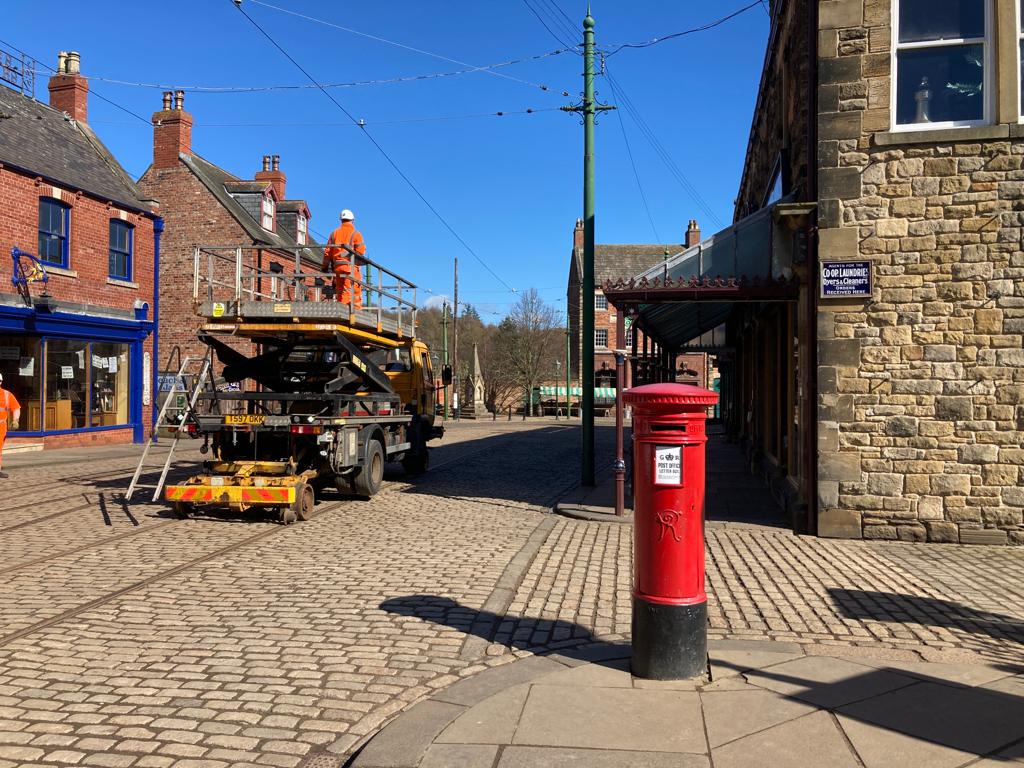
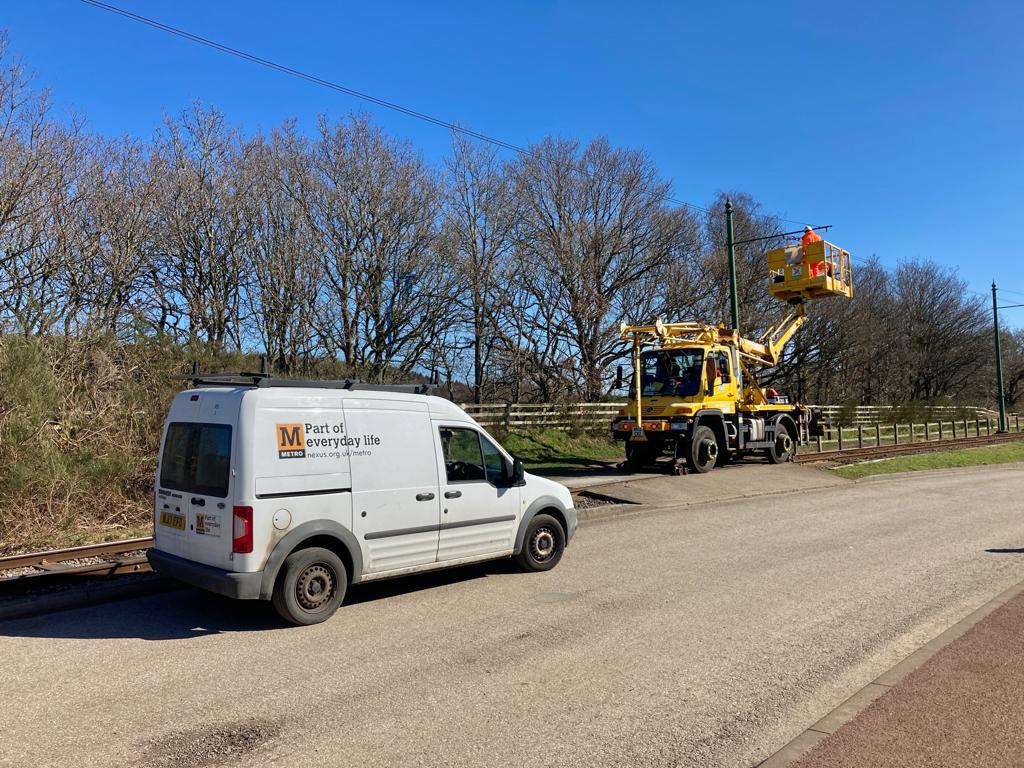
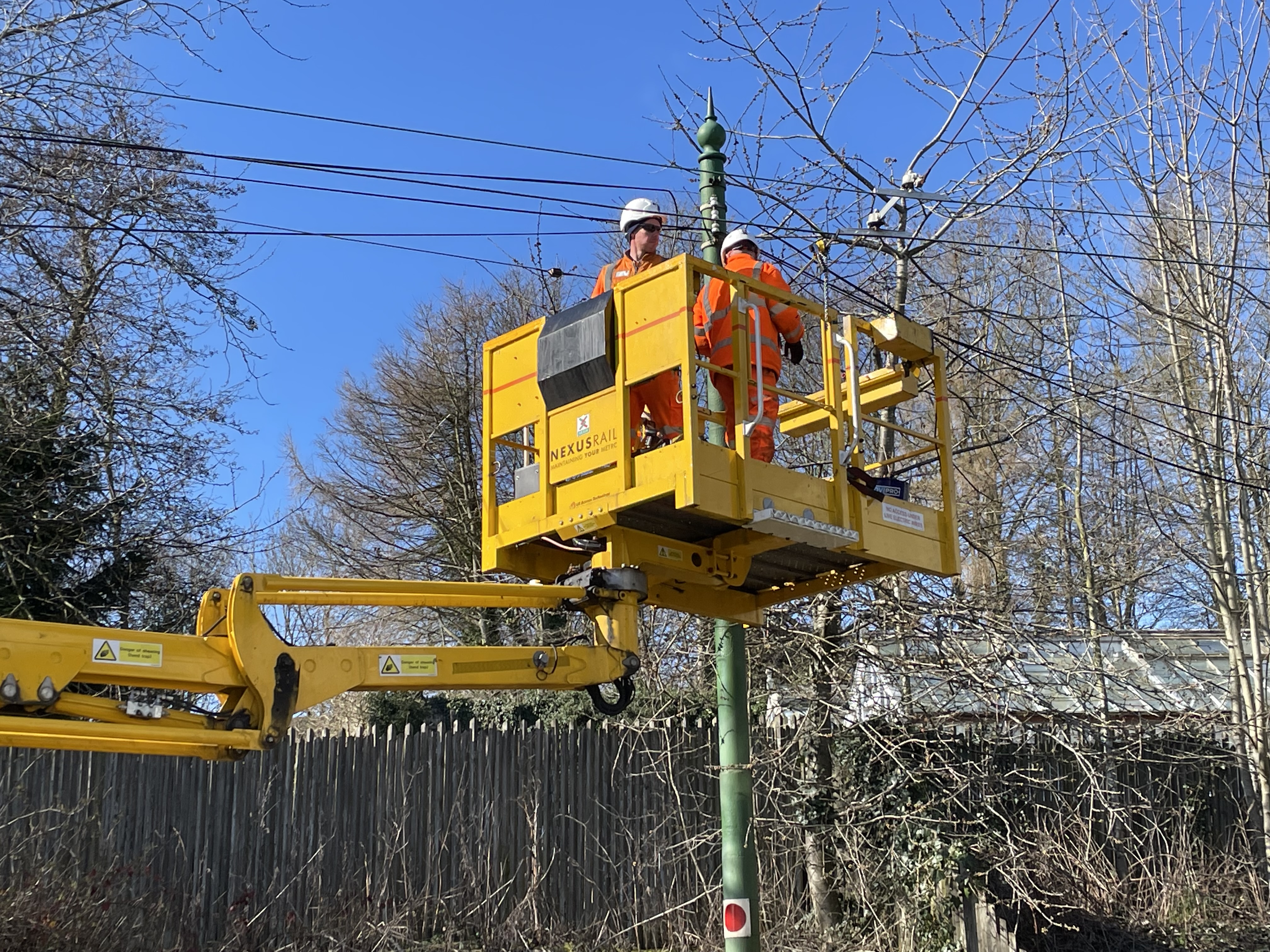
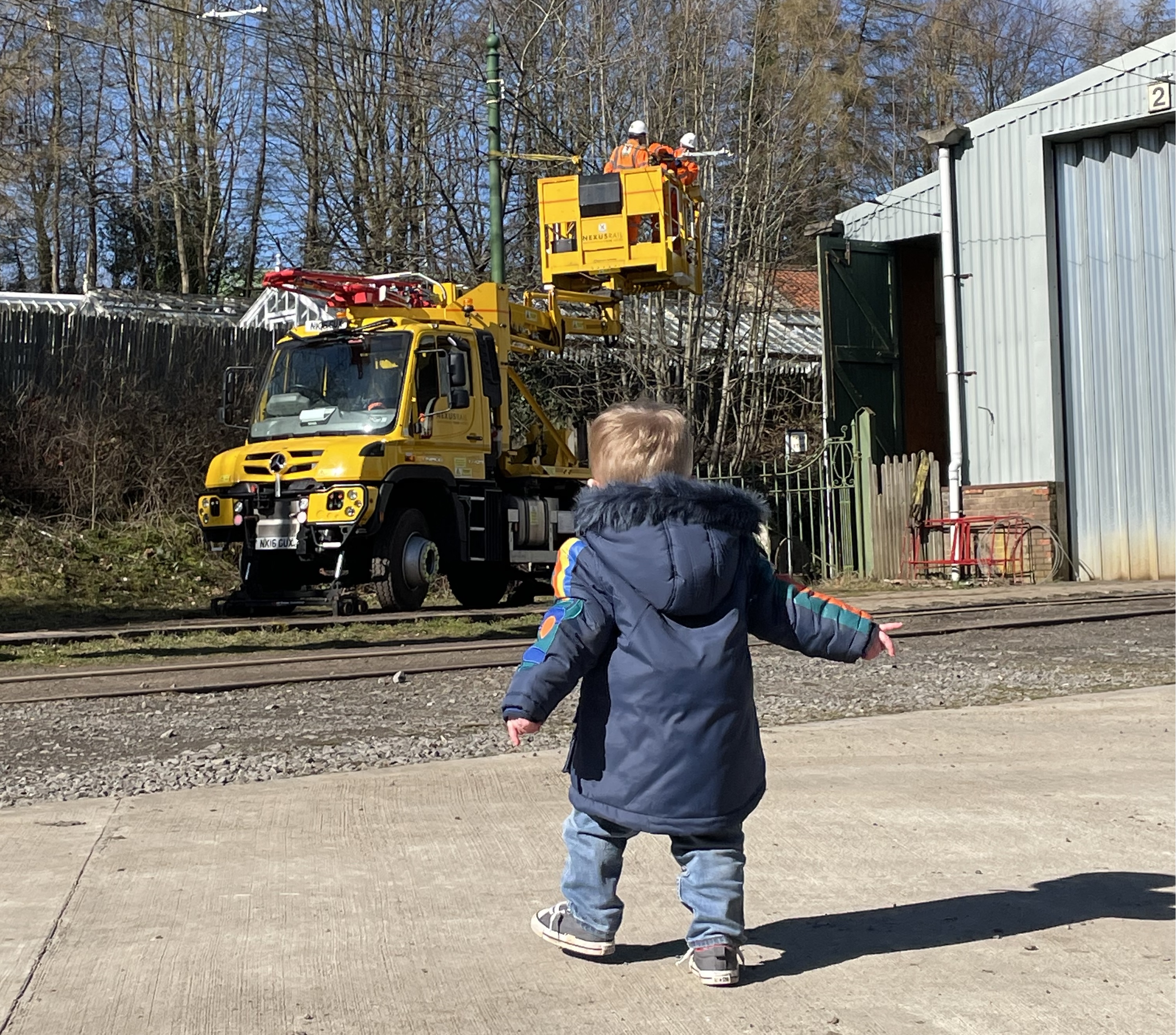
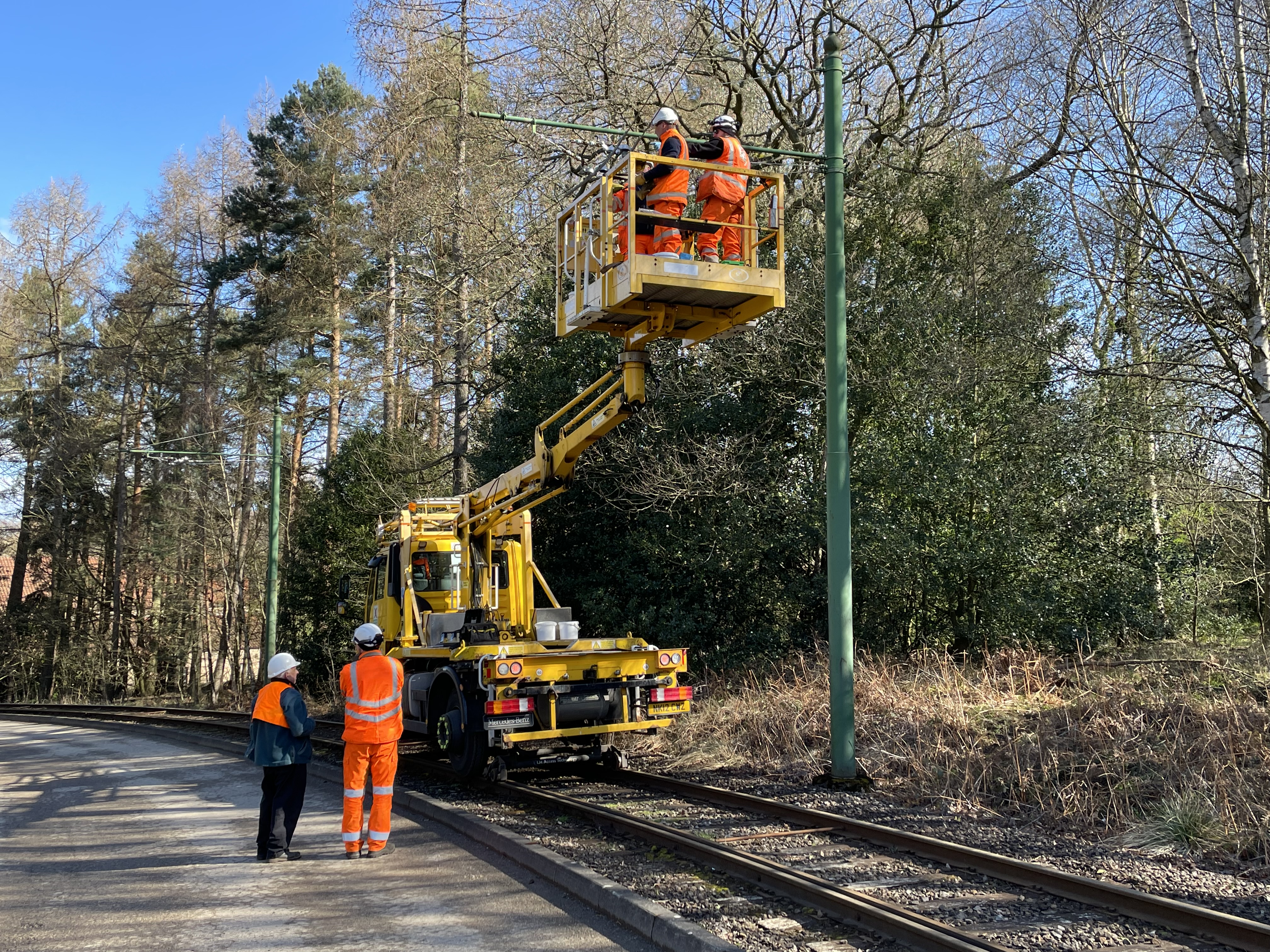


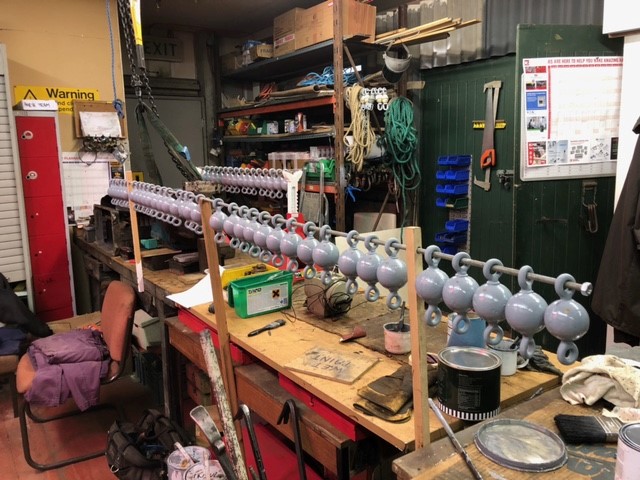
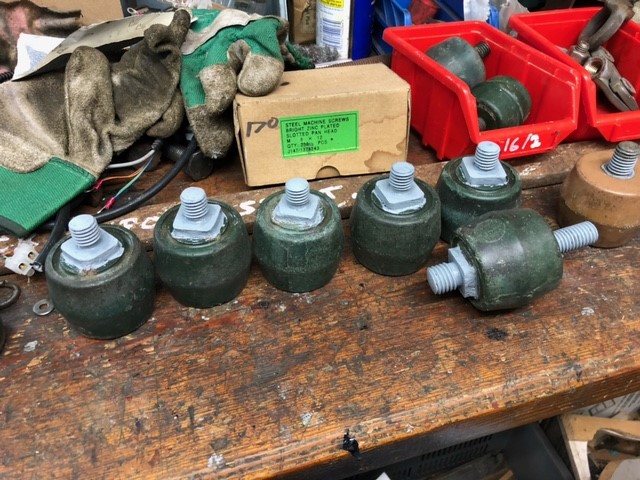
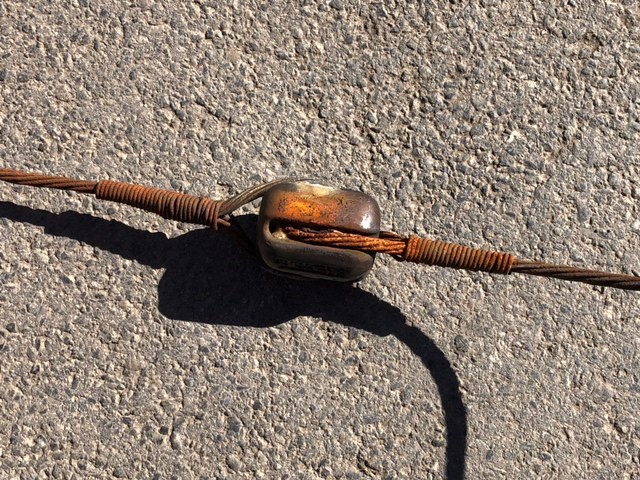
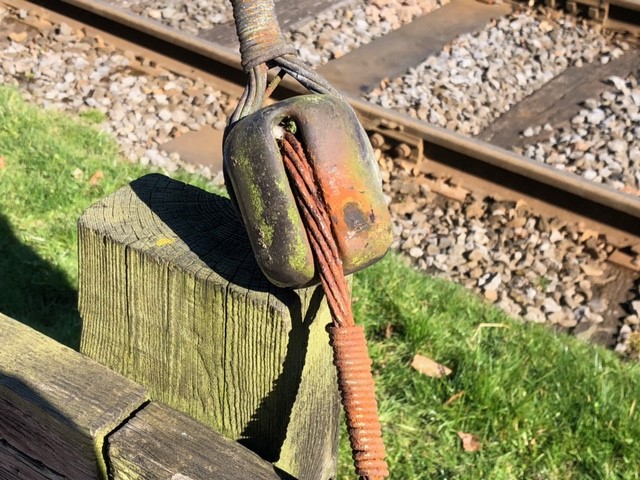

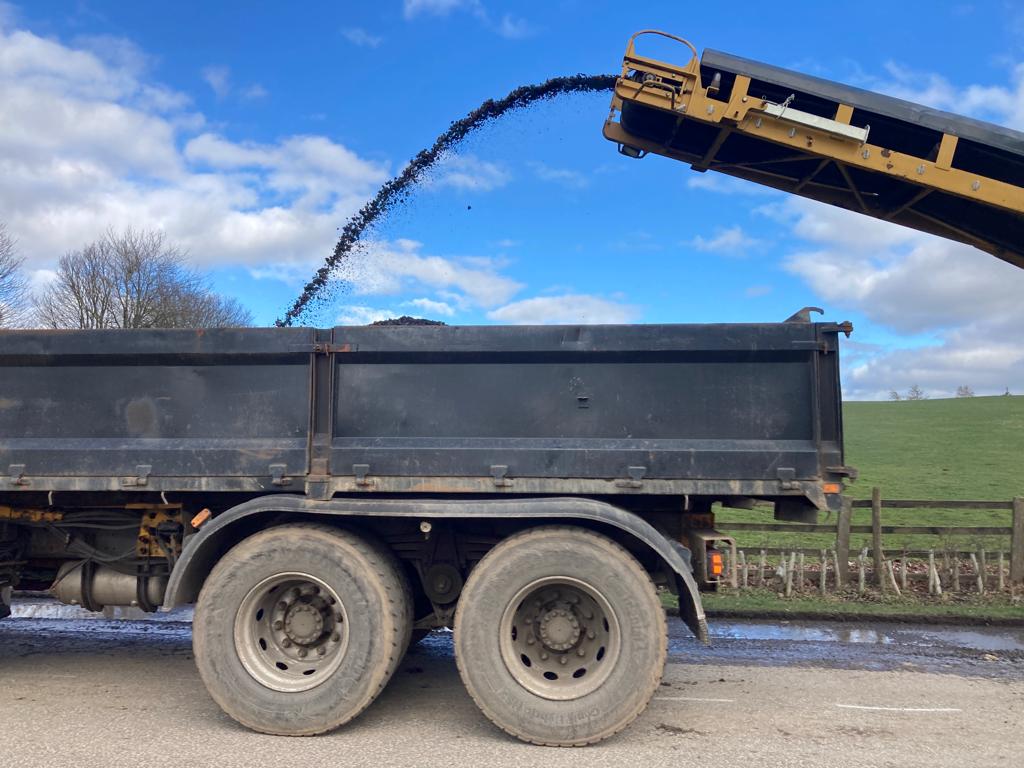
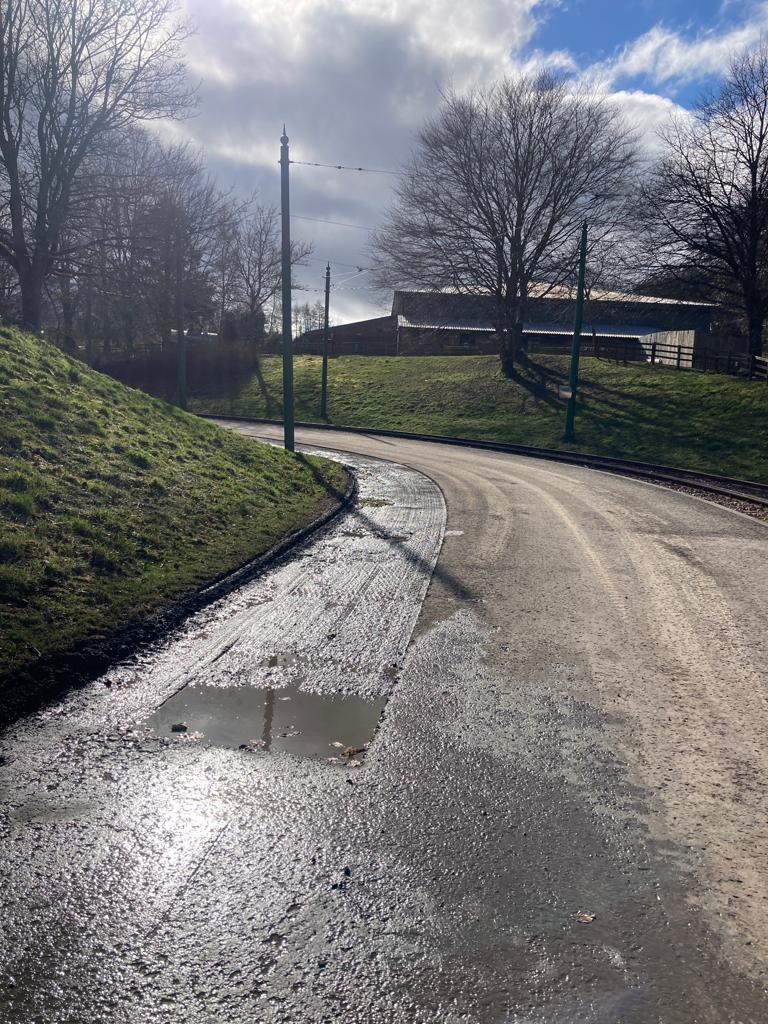
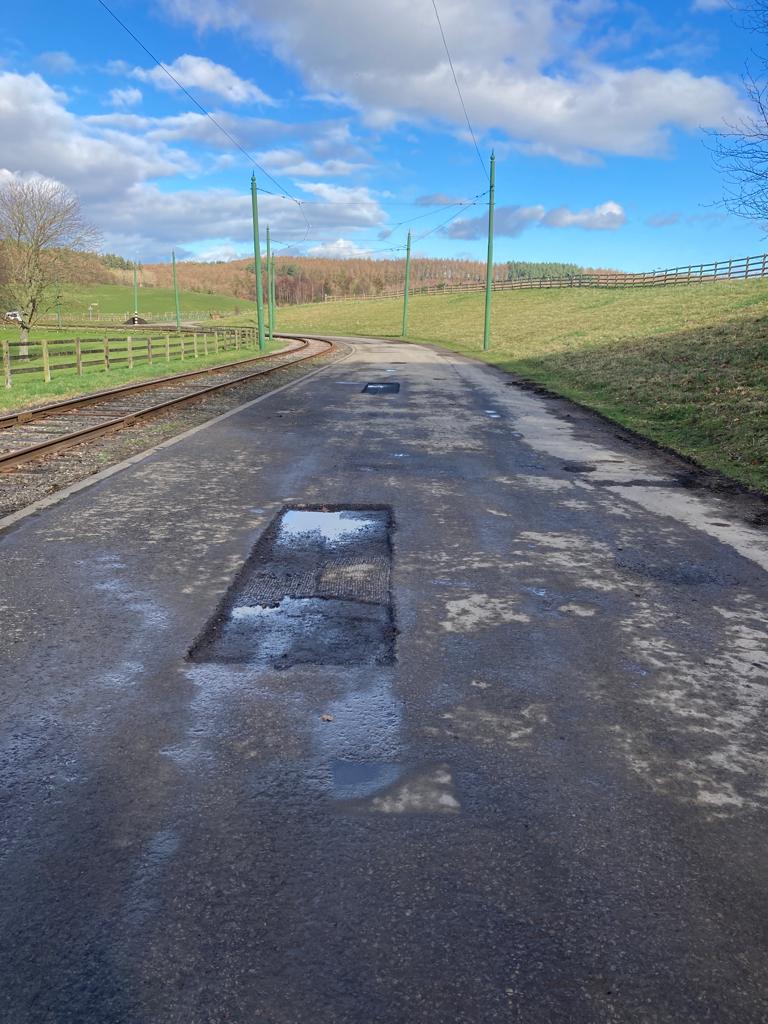

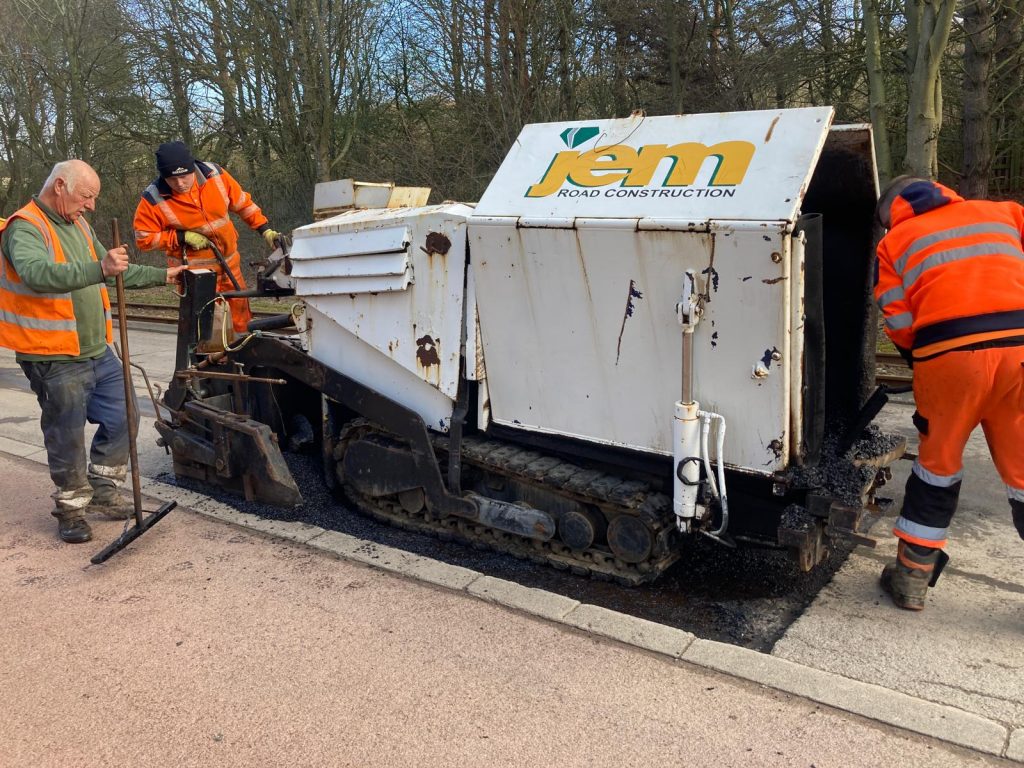
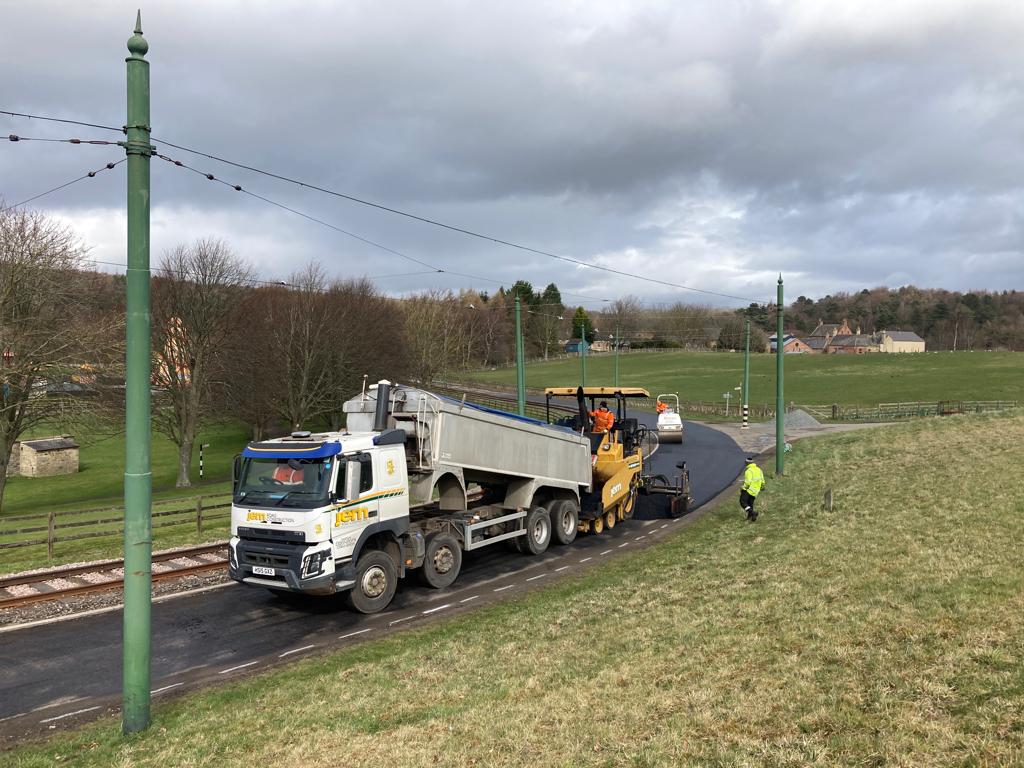
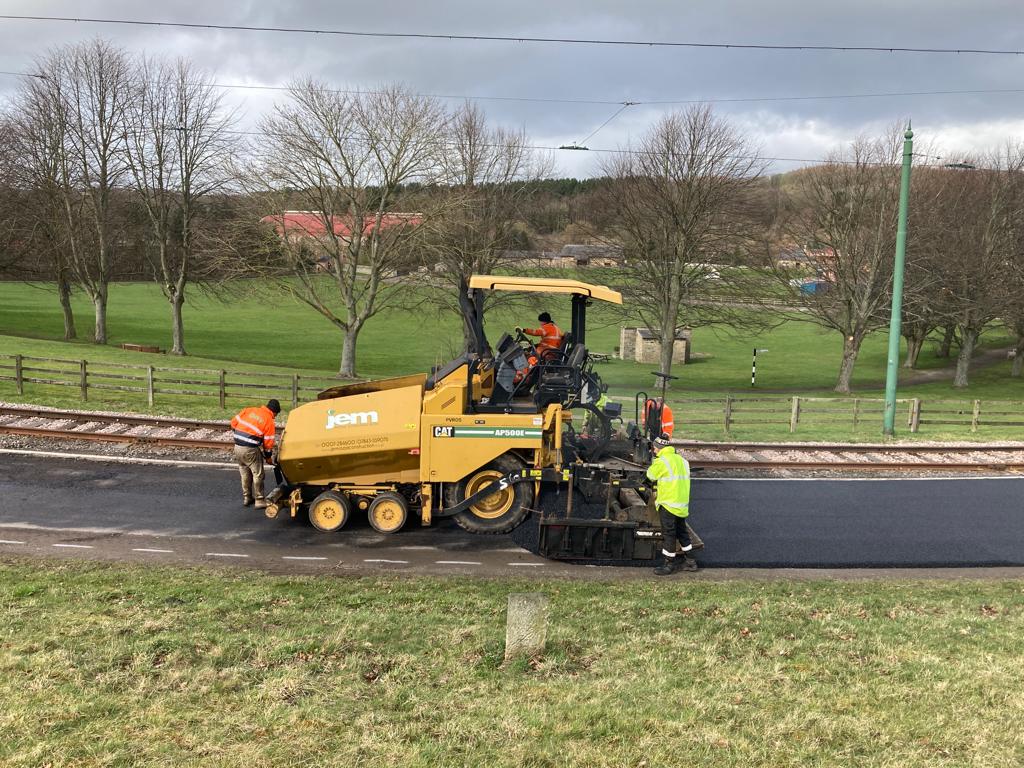
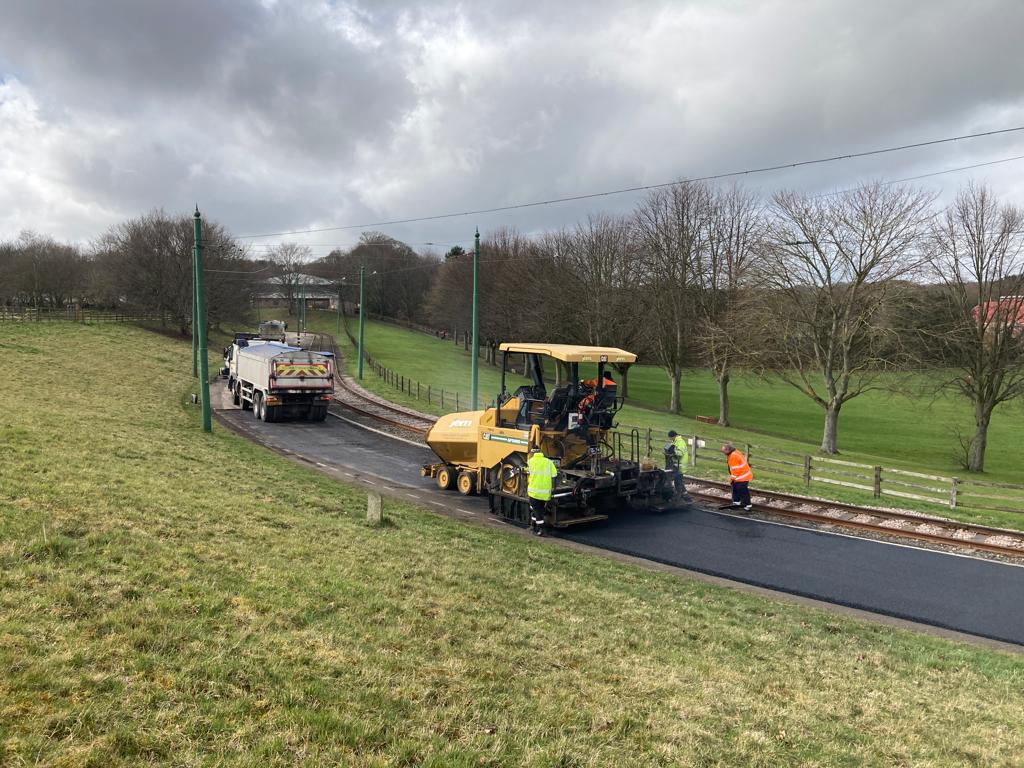
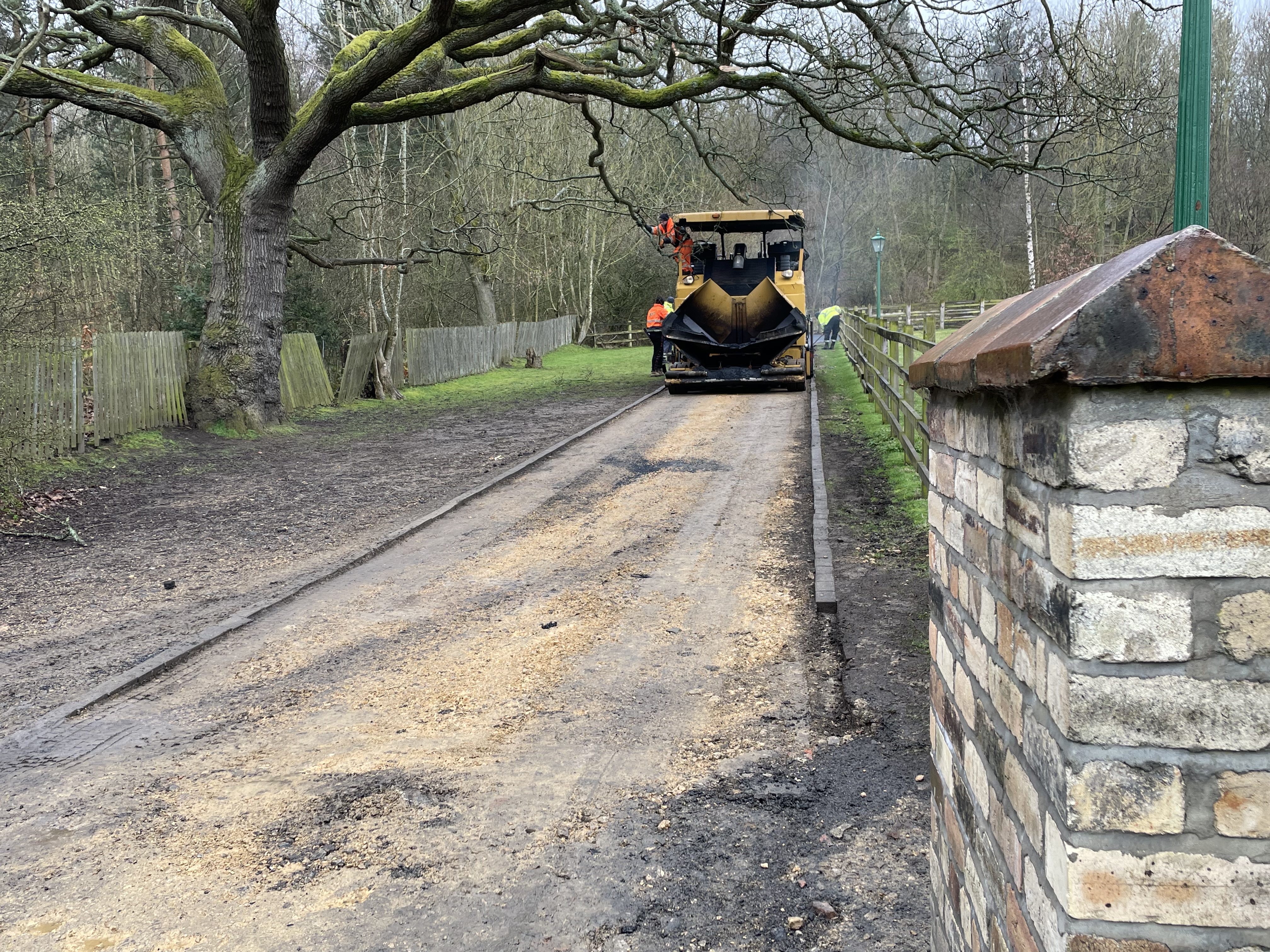
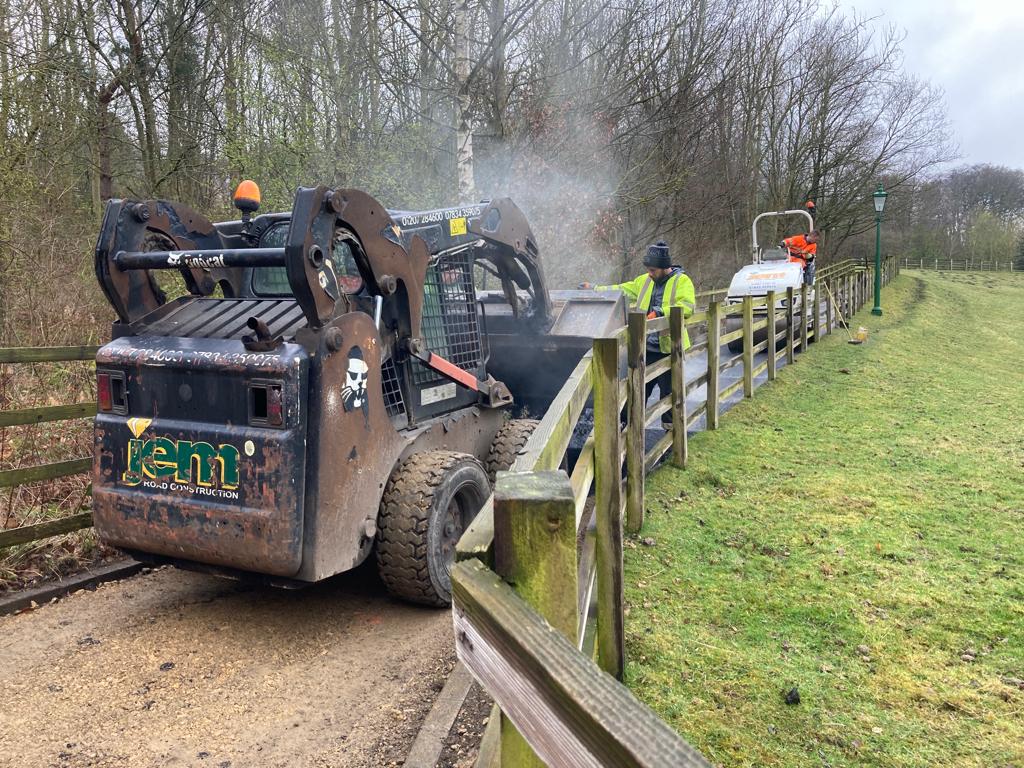
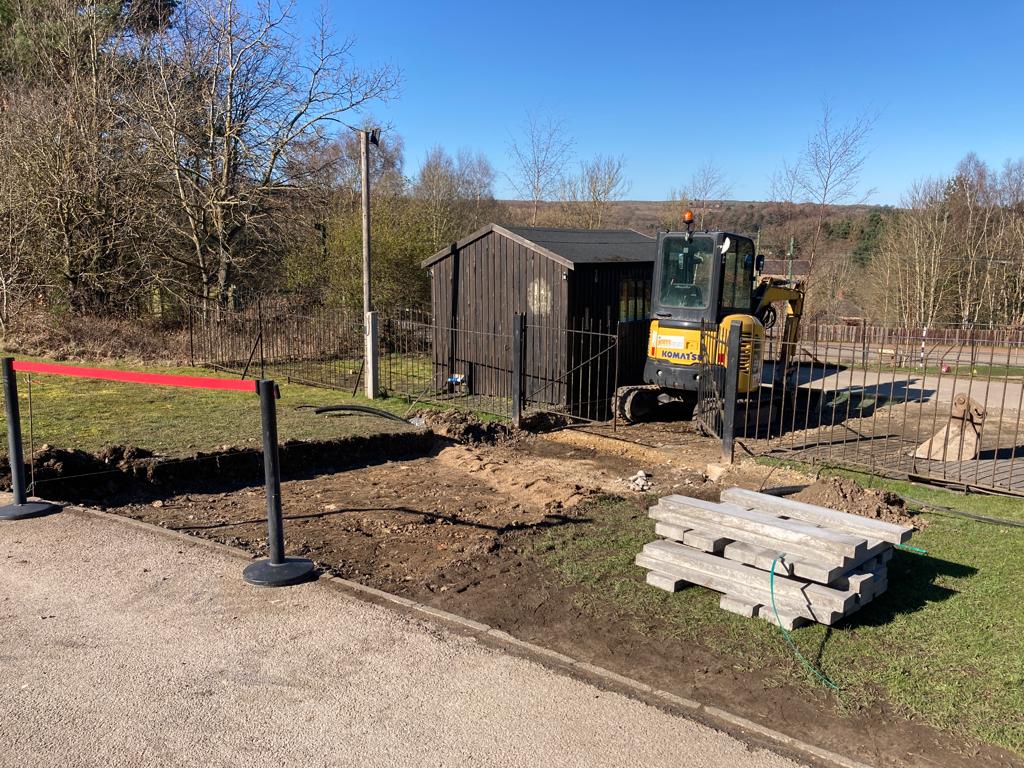
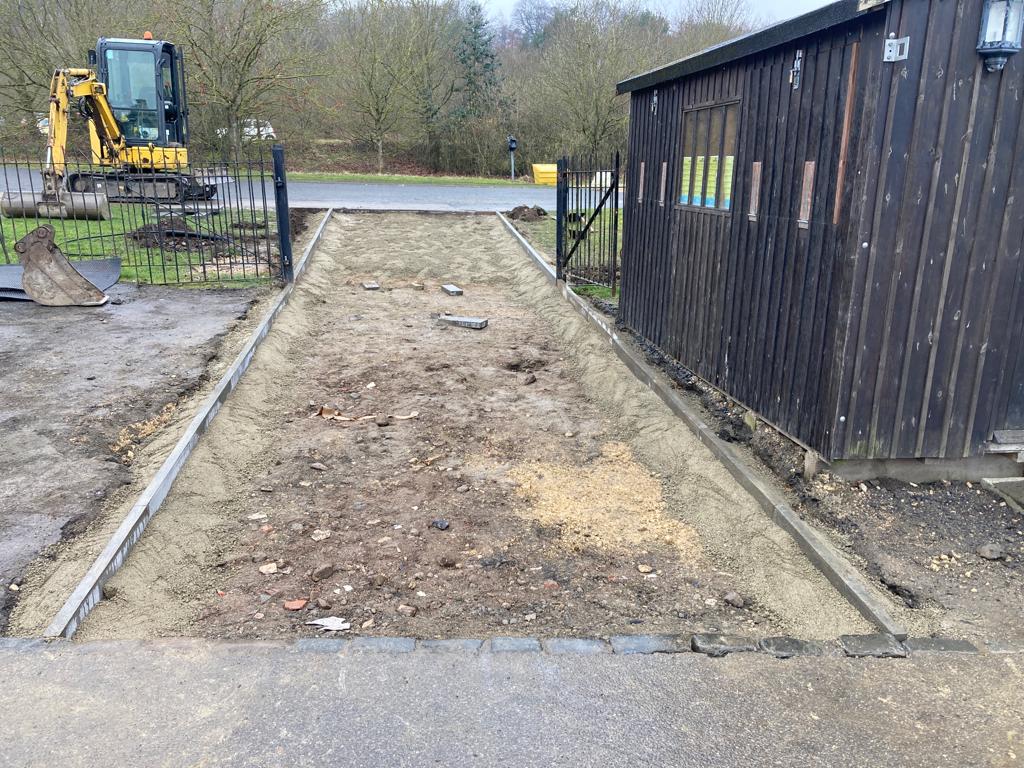

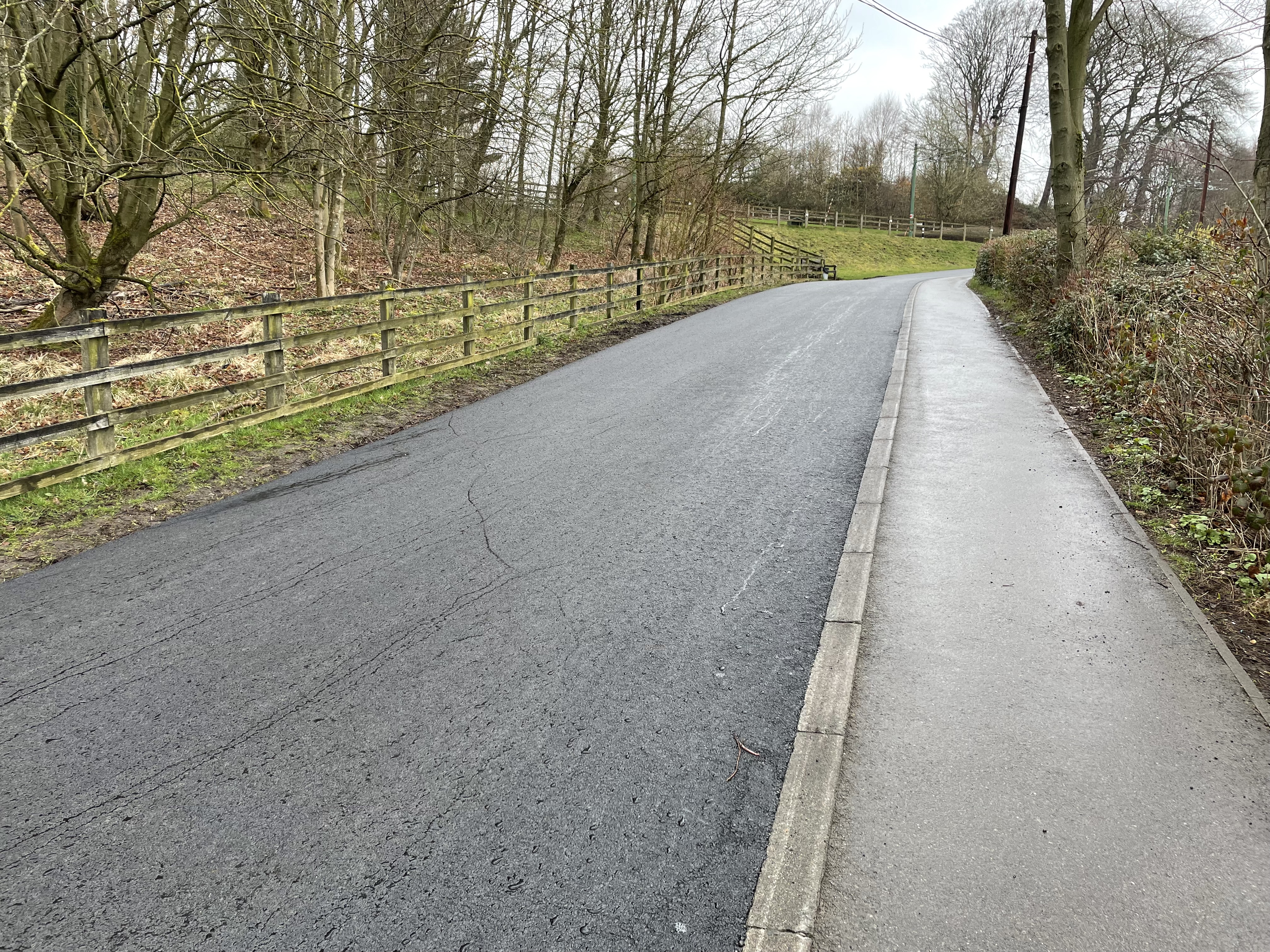
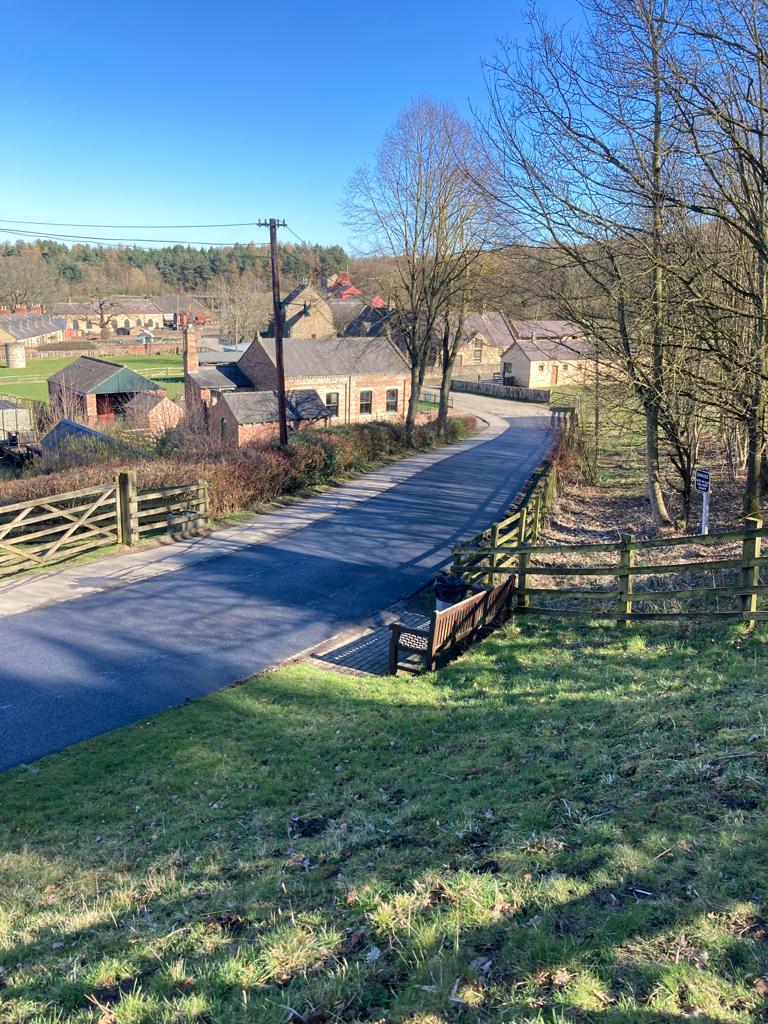

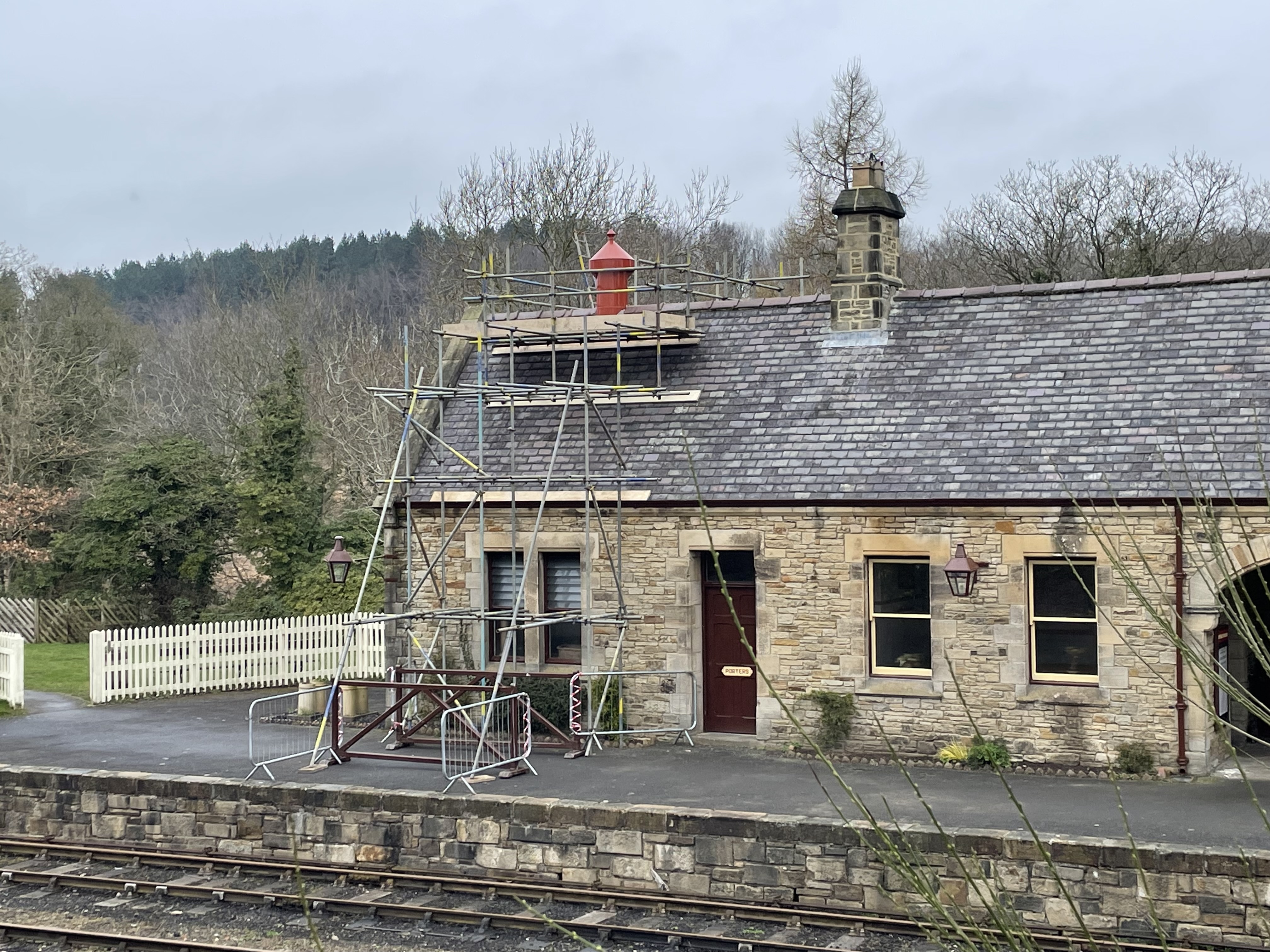

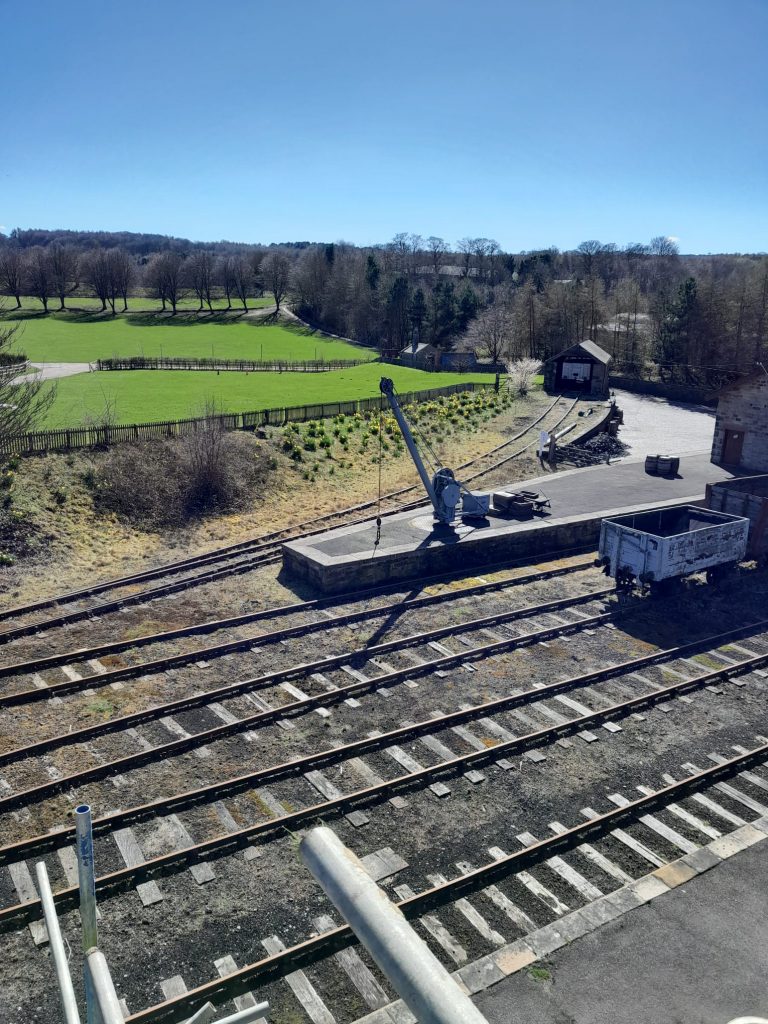





Comment What do you mean COMMENT! Compared to most local authorities abilities to maintain, absolutely marvellous and a great credit to the staff who check and maintain equipment, not forgetting good will of local engineering.
Do you operate a site donation location as it is difficult to get sufficient time for a site visit and feel money would benefit the Beamish site as with other preservation locations.
Good to see your starting the next generation of Beamish Staff at a young age, lets hope your son becomes as involved with Beamish as his Dad is.